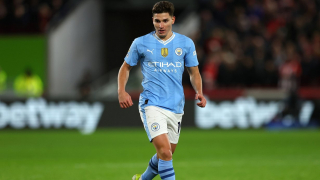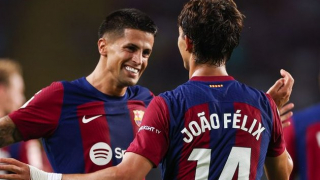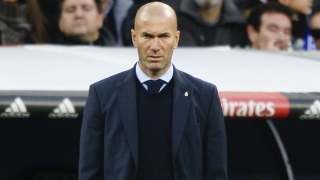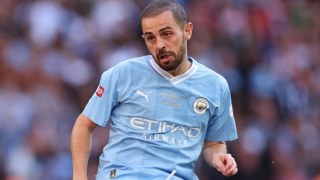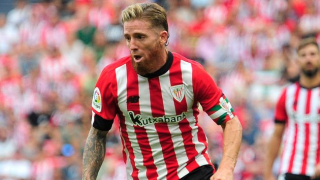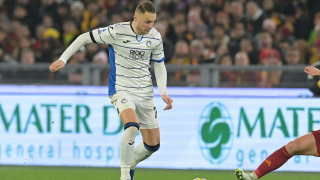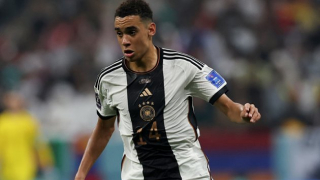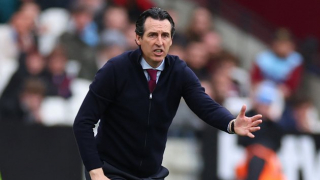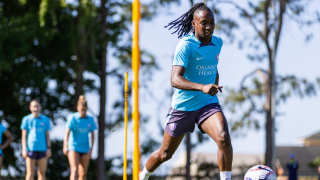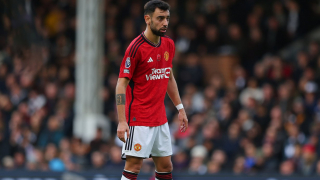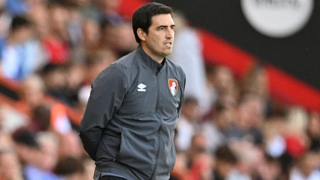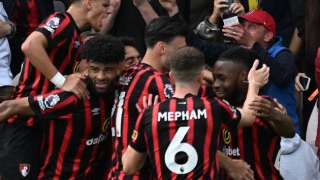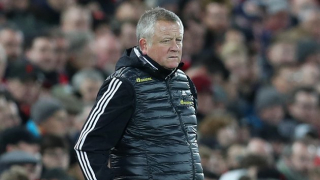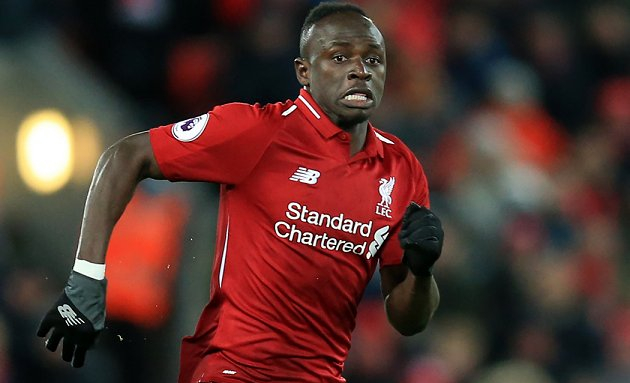The success of Liverpool has always been based on connections. Bill Shankly, the manager who led the club to their first great period of success, winning three league titles, two FA Cups and one UEFA Cup, once confirmed as much, saying: "At a football club, there's a holy trinity - the players, the manager and the supporters."
Jurgen Klopp has always been of a similar mindset. At every team he has coached, there has been a sense of real alignment between himself, his players and the fans. That remains the case at Anfield today. Everything and everyone seems to be pulling in the same direction, on and off the field.
Recently, an excellent article by Bruce Schoenfeld was published by the New York Times. In it, he spoke to those behind the scenes about Liverpool's recruitment process, and how they use data to find players.
After a season in which Liverpool achieved their best points tally in the 38-game Premier League era and won the Champions League, Schoenfeld's piece confirmed that the club's successes are still about connection between everyone involved. Only now it's not a holy trinity, but more of a quartet – manager, players, supporters, and those identifying and signing the talent.
THE PROFILE OF A LIVERPOOL SIGNING
You don't lose one game in 38 and pick up 97 Premier League points without a lot of financial backing or an exceptional plan. Liverpool appear to have both. Last week, we at Tribal Football broke down three players that they might go for in this summer window; in the process we discovered a recurring theme in their transfer policy: the age profile of the players they sign.
Looking only at signings made during Klopp's three full seasons as manager, Liverpool have brought in 15 first-team players. Of those 15, only three were outside the age range of 23 to 26: 19-year-old striker Dominic Solanke, 30-year-old centre-back Ragnar Klavan, and 39-year-old backup goalkeeper Alex Manninger.
Every other player that joined in the last three seasons was at least 23 and at most 26 at the time they arrived at Anfield. Essentially, they aren't signing inexperienced prospects, nor are they signing past-their-peak stars. They are, or at least seem to be, focusing on signing players who are either in their prime or on the verge of hitting it.
There are a few other recurring themes in Liverpool's transfer policy over the last three years. One is that they very rarely sign players from 'elite' clubs – those who win or challenge for league titles. Of the 15 signings made in the last three years, only four came from clubs who had just qualified for the Champions League (Alisson and Mohamed Salah from Roma; Fabinho from Monaco; and Dominic Solanke from Chelsea).
Another theme is that they avoid over-spending in the English market. Eight of the 15 signings came from abroad: five from the Bundesliga, two from Serie A, and one from Ligue 1. And, of the seven they signed from Premier League clubs, three – Georginio Wijnaldum, Andy Robertson and Xherdan Shaqiri – had just been relegated, while two – Solanke and Alex Oxlade-Chamberlain – were not considered regulars at the clubs they left. In summary, even if they do target the English top-flight, they focus on those playing for struggling teams or those who are underemployed.
SUSTAINABLE SUCCESS
By signing the underused, the freshly relegated or those unused to playing Champions League football, Liverpool sign players with upside. This helps to explain how their league position, points tally and European record have generally progressed over the last three years. It also explains how their players tend to increase in value during their time at the club.
Of the 15 players signed in the last three seasons, 10 have increased in value or were sold for a higher fee than that paid to sign them. According to Transfermarkt.co.uk, the net increase in value of these 15 players since joining Liverpool stands at £226.5 million, or £15 million per player.
This transfer policy has allowed them to compete with new rivals Manchester City and surpass old rivals Manchester United whilst spending less than both. Their gross spend over the last three years has been £392.4 million to City's £547.4 million and United's 419.5 million, while their net spend has been £104.8 million to City's £384.5 million and United's £308.6 million.
Liverpool's approach in the transfer market is sustainable, allowing them to build year on year. And a significant reason behind what makes their spending so efficient is that – in contrast to others, including Manchester United, who are intent on signing the form player or the big name – Liverpool sign players who suit their manager's system.
STATS AND THE SYSTEM
Klopp made a name for himself at Borussia Dortmund not only with his results, but with his style of play. He has been able to implement a highly similar style at Anfield, something that has been aided by intelligent recruitment.
His system of choice is a 4-3-3. Within this shape, both full-backs overlap, the wingers come into the inside channels, the central forward operates with positional fluidity, and the central midfielders push on while one defensive midfielder sits. Defensively, the wide players stay on the same line as the central forward, forming a narrow front three which is difficult to bypass. The midfield three are quick to push up and close down, and the defensive four hold a fairly high line. In transitions, they press to regain possession and counter-attack quickly, using the pace of their wide forwards.
Within this system, there is a need for a confident goalkeeper who is comfortable on the ball. This allows him to sweep up behind an aggressive defence and to enhance the team's possession. Alisson, who was brought in at the start of last season, was an improvement on Loris Karius in this respect. During his final season at Roma, he found the target with 79.1 per cent of his passes; Karius, meanwhile, had a 67.5 per cent pass accuracy for Liverpool in 2017/18.
At the heart of the defence, it's crucial to have players that can dominate physically 1v1. This explains why Joel Matip was signed in 2016/17, as his numbers at Schalke suggested he would be an upgrade on Mamadou Sakho. While he won a slightly smaller percentage of attempted tackles, his aerial success rate was a whopping 12.4 per cent higher than the Frenchman's in 2015/16.
Virgil van Dijk soon joined him in central defence, and the Dutchman was also an obvious improvement on his predecessor, Dejan Lovren. In the season before the two became teammates, Van Dijk had an aerial duel success rate that was 11.9 per cent higher than Lovren's, while he also won 19.7 per cent more of his attempted tackles.
Liverpool needed a pure No.6 for a long time, and Fabinho was signed from Monaco last season to perform just this role. In 2017/18 he not only won 5.4 per cent more of his attempted tackles compared to Jordan Henderson, but his pass accuracy was 1.9 per cent higher too. This greater ability to win the ball and distribute efficiently is key to the defensive midfield position within Klopp's tactical framework.
As both full-backs need to be comfortable going forward, it makes sense to look at players who possess the energy and quality to get down their flank effectively. Robertson has done this on the left since arriving. There were signs beforehand that he would be an improvement on James Milner in the left-back role – while playing for a much less attacking and successful team in Hull in 2016/17, he averaged the same amount of dribbles as Milner (0.9 per 90 minutes).
Salah wasn't necessarily signed to take Philippe Coutinho's place in the team, though it's worth noting that the Egyptian hinted at his greater productivity in the final third during his last year with Roma. Not only did he average the same number of key passes and goals per 90 in a team with less possession, but his shot accuracy was 5.7 per cent higher than Coutinho's. This perhaps explains why he has scored far more consistently from a wide berth in Klopp's 4-3-3 than the Brazilian ever did.
Wijnaldum is another player that showed positive statistical signs of improving Liverpool's all-round play before joining. While at eventually relegated Newcastle United in 2015/16, he won a higher percentage of his attempted tackles, played more key passes and averaged more dribbles per 90 than Emre Can, whose place in the line-up he went on to take.
IN CONCLUSION
Liverpool's recruitment model is clearly working in a number of ways. Not only are they spending more efficiently and sustainably than their rivals, but they are bringing in players that are both stylistically suitable to Klopp's system and capable of improving the team.
With a world class manager that understands the club's culture, a transfer policy that guarantees value year on year, and Premier League riches to play with, Liverpool are once again a force to be reckoned with.
What separates them from their competitors in England and in Europe is what allows them to continually progress. They don't just spend big – they spend well.


